- Home
- Melissa de la Cruz
Girls Who Like Boys Who Like Boys
Girls Who Like Boys Who Like Boys Read online
GIRLS WHO LIKE BOYS
WHO LIKE BOYS
GIRLS WHO LIKE BOYS WHO LIKE BOYS
True Tales of Love, Lust, and Friendship Between Straight Women and Gay Men
EDITED BY
Melissa de la Cruz & Tom Dolby
DUTTON
DUTTON
Published by Penguin Group (USA) Inc.
375 Hudson Street, New York, New York 10014, U.S.A. Penguin Group (Canada), 90 Eglinton Avenue East, Suite 700, Toronto, Ontario M4P, 2Y3, Canada (a division of Pearson Penguin Canada Inc.); Penguin Books Ltd, 80 Strand, London WC2R 0RL, England; Penguin Ireland, 25 St. Stephen’s Green, Dublin 2, Ireland (a division of Penguin Books Ltd); Penguin Group (Australia), 250 Camberwell Road, Camberwell, Victoria 3124, Australia (a division of Pearson Australia Group Pty Ltd); Penguin Books India Pvt Ltd, 11 Community Centre, Panchsheel Park, New Delhi–110 017, India; Penguin Group (NZ), 67 Apollo Drive, Rosedale, North Shore 0745, Auckland, New Zealand (a division of Pearson New Zealand Ltd); Penguin Books (South Africa) (Pty) Ltd, 24 Sturdee Avenue, Rosebank, Johannesburg 2196, South Africa
Penguin Books Ltd, Registered Offices: 80 Strand, London WC2R 0RL, England
Published by Dutton, a member of Penguin Group (USA) Inc.
Compilation © 2007 by Melissa de la Cruz and Tom Dolby
Foreword © 2007 by Armistead Maupin; Introduction © 2007 by Melissa de la Cruz and Tom Dolby; “That Unsettling Feeling” © 2007 by Mike Albo; “The Long Trip Home” © 2007 by Zakiyyah Alexander; “Everything I Always Wanted to Know About Sex (and Life) I Learned from Gay Men” © 2007 by Stacey Ballis; “My Fairy Godfathers” © 2007 by Cecil Castellucci; “Get This” © 2007 by Cindy Chupack; “Love in Other Lifetimes” © 2007 by Anna David; “A Manhattan Love Story” © 2007 by Melissa de la Cruz; “Future Perfect” © 2007 by Tom Dolby; “Fag Hags: The Laughter, the Tears, the Marabou” © 2007 by Simon Doonan; “Man’s Best Friend” © 2007 by David Ebershoff; “Like Father, Like Daughter” © 2007 by Abigail Garner; “My Dinners with Tom” © 2007 by Gigi Levangie Grazer; “Family Albums” © 2007 by Philip Himberg; “A Harvard (Fag) Hag-iography” © 2007 by Alexandra Jacobs; “My Best Girlfriend” © 2007 by James Lecesne; “The Good Girls” © 2007 by David Levithan; “Super Couple” © 2007 by Sarah Kate Levy; “Shutterspeed” © 2007 by Bennett Madison; “Marriage Material” © 2007 by Wendy Mass; “Welcome to My Dollhouse” © 2007 by Michael Musto; “Shop Girls” © 2007 by Karen Robinovitz; “Donny and Marie Don’t Get Married” © 2007 by Brian Sloan; “The Collectors” © 2007 by K. M. Soehnlein; “In Praise of Women” © 2007 by Andrew Solomon; “Life Before Gays” © 2007 by Elizabeth Spiers; “Sitting in the Dark with My Mother” © 2007 by Zach Udko; “Darling, I Like You That Way” © 2007 by Ayelet Waldman; “Lay It All Down” © 2007 by Edwin John Wintle
All rights reserved
Editors’ note: While we have encouraged contributors to use real names wherever possible, in some cases names have been changed to protect the privacy of the individuals involved.
LIBRARY OF CONGRESS CATALOGING-IN-PUBLICATION DATA
Girls who like boys who like boys: true tales of love, lust, and friendship between straight women and gay men / edited by Melissa de la Cruz and Tom Dolby.
p. cm.
ISBN: 978-1-1012-1375-9
1. Gay men—Relations with heterosexual women—Anecdotes. 2. Friendships—Anecdotes. I. De la Cruz, Melissa, 1971–II. Dolby, Tom.
HQ76.G55 2007
306.76'62090511––dc22 2007004583
Without limiting the rights under copyright reserved above, no part of this publication may be reproduced, stored in or introduced into a retrieval system, or transmitted, in any form, or by any means (electronic, mechanical, photocopying, recording, or otherwise), without the prior written permission of both the copyright owner and the above publisher of this book.
The scanning, uploading, and distribution of this book via the Internet or via any other means without the permission of the publisher is illegal and punishable by law. Please purchase only authorized electronic editions, and do not participate in or encourage electronic piracy of copyrighted materials. Your support of the author’s rights is appreciated.
While the author has made every effort to provide accurate telephone numbers and Internet addresses at the time of publication, neither the publisher nor the author assumes any responsibility for errors, or for changes that occur after publication. Further, the publisher does not have any control over and does not assume any responsibility for author or third-party Web sites or their content.
To gay men everywhere
and the straight women who love them
CONTENTS
FOREWORD
Armistead Maupin
INTRODUCTION
Melissa de la Cruz and Tom Dolby
I. Gays and Gals
SHOP GIRLS
Karen Robinovitz
FAG HAGS: THE LAUGHTER, THE TEARS, THE MARABOU
Simon Doonan
THE COLLECTORS
K. M. Soehnlein
MY FAIRY GODFATHERS
Cecil Castellucci
THAT UNSETTLING FEELING
Mike Albo
II. Close Confidants
A HARVARD (FAG) HAG-IOGRAPHY
Alexandra Jacobs
MY BEST GIRLFRIEND
James Lecesne
MY DINNERS WITH TOM
Gigi Levangie Grazer
MAN’S BEST FRIEND
David Ebershoff
MARRIAGE MATERIAL
Wendy Mass
III. A Fine Romance
EVERYTHING I ALWAYS WANTED TO KNOW ABOUT SEX (AND LIFE) I LEARNED FROM GAY MEN
Stacey Ballis
LOVE IN OTHER LIFETIMES
Anna David
FUTURE PERFECT
Tom Dolby
A MANHATTAN LOVE STORY
Melissa de la Cruz
SUPER COUPLE
Sarah Kate Levy
GET THIS
Cindy Chupack
IV. Growing Up, Coming Out
THE GOOD GIRLS
David Levithan
WELCOME TO MY DOLLHOUSE
Michael Musto
DONNY AND MARIE DON’T GET MARRIED
Brian Sloan
LIFE BEFORE GAYS
Elizabeth Spiers
THE LONG TRIP HOME
Zakiyyah Alexander
LAY IT ALL DOWN
Edwin John Wintle
SHUTTERSPEED
Bennett Madison
V. Fathers and Daughters, Mothers and Sons
IN PRAISE OF WOMEN
Andrew Solomon
FAMILY ALBUMS
Philip Himberg
LIKE FATHER, LIKE DAUGHTER
Abigail Garner
SITTING IN THE DARK WITH MY MOTHER
Zach Udko
DARLING, I LIKE YOU THAT WAY
Ayelet Waldman
Acknowledgments
About the Contributors
FOREWORD
Armistead Maupin
I was seventeen when I first saw Breakfast at Tiffany’s at a movie house in Raleigh, North Carolina. Looking back, it’s easy enough to see why a fledgling queer would fall for it. There was Audrey Hepburn, to begin with, so delicate and witty and spritelike that she seemed somehow…beyond sex. Here was a girl you could talk to all night without being expected to put out. I loved her apartment, too. That half-bathtub sofa, and the common fire escape, and the way that Audrey, when depressed, would climb through George Peppard’s window and sleep with her head planted chastely on his well-muscled chest. What I loved, in effect, was a gay boy and his girlfriend.
Peppard, after all, is playing the
writer character from the novella—the Truman Capote character, for heaven’s sake—so despite the film’s heterosexual intentions, the easy intimacy and candor and (yes) love between Holly Golightly and Paul Varjak somehow suggest two people who aren’t out to fuck each other. I melt over that final wet-cat-in-the-rain kiss as much as the next person; I just can’t imagine what comes next. More shopping on Fifth Avenue, I guess, more breezy banter and true confessions.
A decade later, I recognized the same chemistry between Liza Minnelli and Michael York in Cabaret, another story about an urban apartment house and its polyglot residents, though (I’m embarrassed to admit) I was just as ignorant of its queer creator, the great Christopher Isherwood, as I had been of Capote at the dawn of the sixties. Isherwood’s writer alter ego in Goodbye to Berlin—the 1939 source material for Cabaret—remains coy about his own sexuality while tracking his platonic friendship with the quirky Sally Bowles. The film, of course, makes it clear that its handsome hero likes boys and that Sally adores him for it, though this revolutionary concept is eventually blunted by a drunken tryst between Minnelli and York that left me, frankly, a little queasy.
By then, I was already living in San Francisco and had girlfriends of my own. One was a struggling actress like Sally/Holly; another a rusty-haired mother of two who called me Babycakes, and who, upon receiving my quavering confession of homosexuality, snorted “Big fucking deal.” With both women I shared everything: my exploits at the baths (largely joyful) and the heartbreak that inevitably followed when I tried to turn playmates into lovers. I was almost thirty by then, but I was braving the masculine wilderness for the first time, so it helped immensely to have women on my side. And since sex and romance were not factors in our relationship, we were free to open our hearts—or spill our guts—when joy or catastrophe demanded it.
Such friendships were rarely celebrated back then, so I knew they would make perfect fodder for Tales of the City, the daily serial I launched in the San Francisco Chronicle in 1976. In my own variation on the urban apartment house—28 Barbary Lane—a young queer named Michael Tolliver takes devilish glee in scandalizing his friend, Mary Ann Singleton, a bright young naif fresh out of Cleveland. Inhabiting both these characters came naturally to me, since, if the truth be known, I was both of them. I was a wide-eyed newcomer like Mary Ann and a randy gay blade like Michael, though the decadent poses I struck for my straight girlfriends were often a cloak for my own insecurities, making me, I suppose, more akin to Sally and Holly than their more sensible male companions. Michael, therefore, would need someone to call him on his shit, someone older and less blindly sentimental. Enter Mona Ramsey, a world-weary lude-popping lesbian who’d tried a few men and found them decidedly lacking. Both Mary Ann and Mona would hold a mirror to Michael’s dreams, just as he would do for them.
That was over three decades ago, so the notion of women bonding with gay men is far less exotic than it used to be. Which is not to say that the experience is any less rewarding or complex or richly amusing as it always was. The essays in this book, as widely varied as life itself, stand in vivid counterpoint to the clichés that popular culture has already codified about gay men and the women in their lives. They remind us once again that neither gender nor sexuality can ever fully dictate the tenants of our hearts.
INTRODUCTION
The two of us are sitting in a banquette in a dimly lit bar downtown. Throughout our friendship, we will meet in many more dark, trendy bars, the type that, as former nightlife reporters, we both favor. We drink Pimm’s cups or champagne, vodka highballs or frozen cosmos. We meet at the Hudson Library, Fez, Pastis, and G in New York, the Standard, the Chateau Marmont, and the Formosa in Los Angeles. Our rendezvous have an escapist air—tucked away from the outside world, we can indulge our love of swanky surroundings, stiff cocktails, and gossip. We must look like a couple, our heads leaning in toward each other, quietly laughing. It occurs to us that we embody the quintessential urban marriage—a gay man and his straight female friend.
When we first met, Tom was twenty-four and Melissa was twenty-seven. Our relationship started as editor to writer, but soon deepened into lasting intimacy, thanks to a flurry of e-mails covering everything in our lives from personal triumphs and crises to vacation reading lists to esoteric pop cultural dish. Even as we’ve lived on different coasts for the past five years, our friendship has intensified, our exchanges marked with an unwavering support for each other’s literary ambitions, a rare and unexpected gift between writers. We are colleagues, confidants, kindred spirits, and each other’s greatest cheerleaders.
In the summer of 2005, we spent a heavenly week together in Lake Tahoe, California, a relaxing interlude with both of us working on our latest books, talking shop, grilling up fajitas, and lazily sunning on the dock. Melissa had big news for Tom and his family—she and her husband Mike were three months’ pregnant. Everyone toasted Mel and Mike and this exciting new chapter in their lives.
A few weeks later, when Mel suffered a miscarriage, Tom was one of the first people she told. His strength and unfailing optimism helped her through one of the toughest times in her life. As she worked through her sadness, it occurred to Mel that she had never encountered a book that documented and explored a friendship like theirs—the deep and loyal bond that exists between straight women and gay men. She proposed that they put together an anthology of personal essays about the subject, and was thrilled when Tom was as enthusiastic about the idea as she was. (We are also happy to report that Mel had a beautiful baby girl just as this book was going to press.)
When we first conceived of this project, we wanted to show the many ways in which this friendship can manifest. Of course there would be stories, the type celebrated in popular fiction, films, and television, of the single girl-about-town and her gay best friend going on shopping sprees and bonding over brunch. But we knew not all relationships fit this mold. While many of our contributors embrace the classic “fag hag” archetype, claiming it and reinventing it as an empowering moniker of their own, others have created new and unusual paradigms of friendship, love, and solidarity.
Girls Who Like Boys Who Like Boys is divided into five sections, each dealing with a different aspect of this special relationship. “Gays and Gals” focuses on group dynamics, whether it’s a gaggle of frivolous fashionistas or lifelong friends who have helped each other through infatuation and heartbreak. “Close Confidants” is about those one-on-one relationships that are the bedrock of many a straight woman and gay man’s life, whether they’re in Hollywood, the New York theater world, or the Ivy League. “A Fine Romance” is filled with stories of love and lust, from mixed signals and comic misunderstandings to well-intentioned advice and tearful resignation. “Growing Up, Coming Out” covers friendships that started in the formative years, with outcast girls and misfit guys banding together. And the final section, “Fathers and Daughters, Mothers and Sons,” is about the ties that bind, as friendship and family are redefined, often with hilarious and poignant results.
Girls Who Like Boys Who Like Boys: True Tales of Love, Lust, and Friendship Between Straight Women and Gay Men is a book we have always wanted to read. We hope it makes a powerful statement about alliances between the gay and straight communities at a time when many in our country are striving to be divisive.
We hope you too will find your stories reflected in these pages, though we realize that one book could never cover the plethora of relationships that exist between gays and their gals. It is our wish as well that others will keep writing and talking about this topic, as it’s one that’s close to our hearts. Come visit us online at www.girlswholikeboys.com, where you can learn about readings, special events, and our online musings on the interplay between gay men and their gals. We can’t wait to meet you, either in person or virtually, as you, the real-life gay guys and their gal pals, are the readers for whom this book was created.
—Melissa de la Cruz and Tom Dolby
Los Angeles and New York
I
Gays and Gals
“For a girl with delusions, and a bit of imagination, becoming a fag hag was the only way to go.”
—from “Fag Hags: The Laughter, the Tears, the Marabou,” by Simon Doonan
SHOP GIRLS
Karen Robinovitz
Save for my husband, I scare men. Straight men, anyway.
They never seem to get me—and I’m not saying this just because a few of my past boyfriends have actually said, “I don’t get you.”
But the gays, they’re another story.
From the time I was in nursery school, I have been something of a fag hag. The little boy I told my mother I’d marry when I was five? Gay. Growing up, my best guy friend, the one I’d sit with on my front lawn, watching all the neighborhood guys play football as we quietly provided critical commentary on their choice of wardrobe? Gay. The first boy I kissed with tongue, the summer before sixth grade? Gay. The fifteen-year-old Ping-Pong prodigy at Environ, a retirement refuge for Jewish grandparents in Fort Lauderdale, circa 1985, whom I was hopelessly in love with? Gay, gay, gay! The jury’s still out on my junior year prom date, but I’m going with gay. He was, after all, the one who picked out my hot pink and black jet beaded ensemble and called it a “lambada dress.”
Today I am happily married and have a fabulous husband, a manly motorcycle racer from Brooklyn who does get me. He’s also not at all homophobic, which is good since we live near Christopher Street, home of the bridge and tunnel gays who ogle him whenever we walk by. Other than him, every male I gravitate toward is a friend of Dorothy, a Mary, or a queen—with the occasional big lumberjack shirt-wearing muscle bear for good measure.

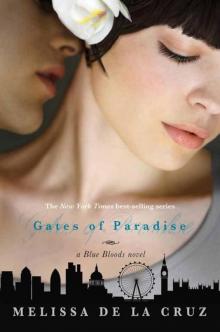 Gates of Paradise
Gates of Paradise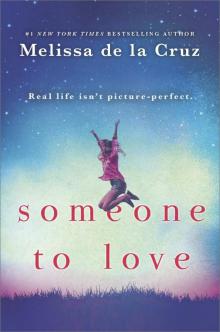 Someone to Love
Someone to Love Pride and Prejudice and Mistletoe
Pride and Prejudice and Mistletoe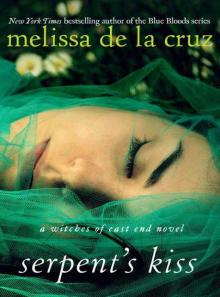 Serpent's Kiss
Serpent's Kiss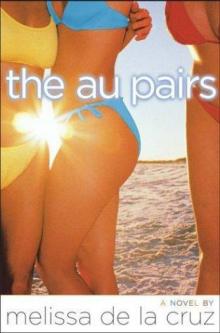 The Au Pairs
The Au Pairs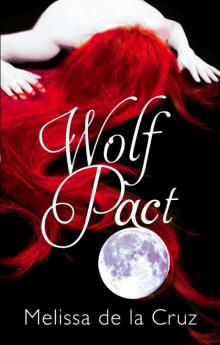 Wolf Pact
Wolf Pact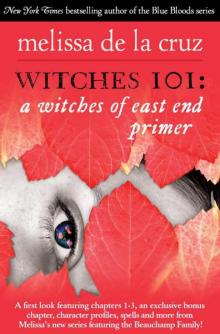 Witches 101: A Witches of East End Primer
Witches 101: A Witches of East End Primer Jealous?
Jealous?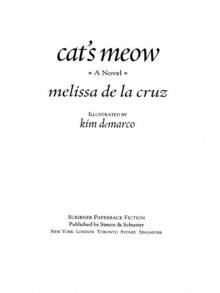 Cat's Meow
Cat's Meow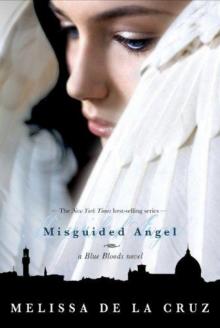 Misguided Angel
Misguided Angel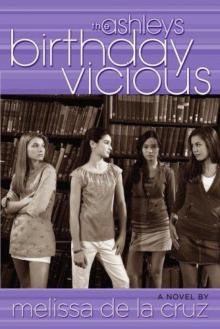 Birthday Vicious
Birthday Vicious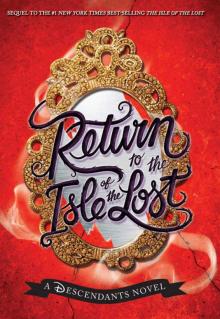 Return to the Isle of the Lost
Return to the Isle of the Lost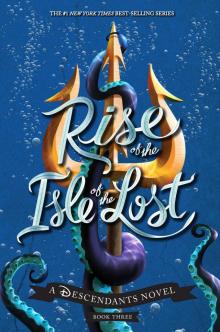 Rise of the Isle of the Lost
Rise of the Isle of the Lost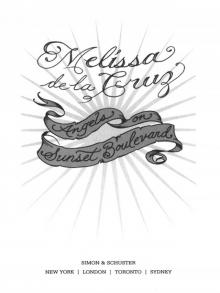 Angels on Sunset Boulevard
Angels on Sunset Boulevard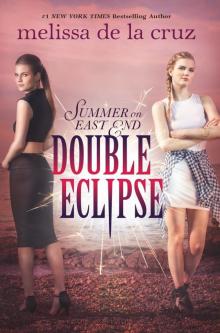 Double Eclipse
Double Eclipse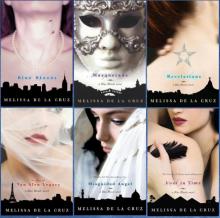 Blue Bloods
Blue Bloods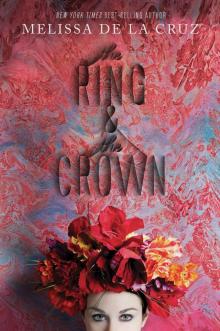 The Ring and the Crown
The Ring and the Crown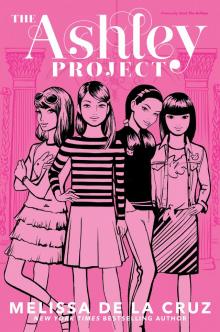 The Ashleys
The Ashleys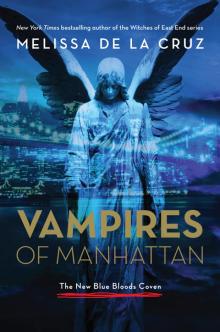 Les vampires de Manhattan
Les vampires de Manhattan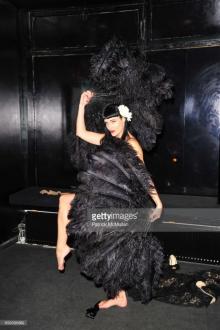 The Van Alen Legacy
The Van Alen Legacy Sun-Kissed
Sun-Kissed The Isle of the Lost
The Isle of the Lost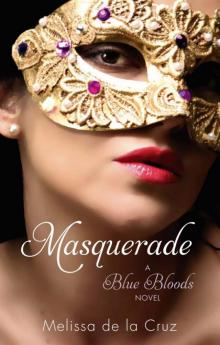 Masquerade
Masquerade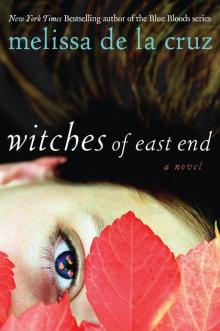 Witches of East End
Witches of East End Diary of the White Witch
Diary of the White Witch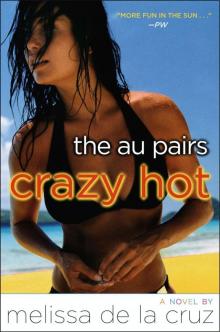 Crazy Hot
Crazy Hot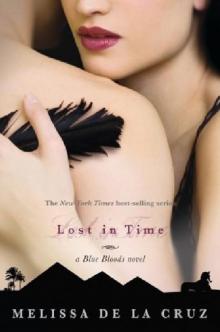 Lost in Time
Lost in Time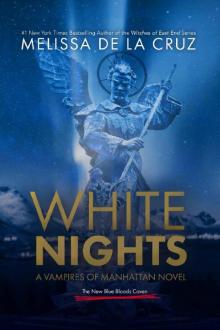 White Nights: A Vampires of Manhattan Novel
White Nights: A Vampires of Manhattan Novel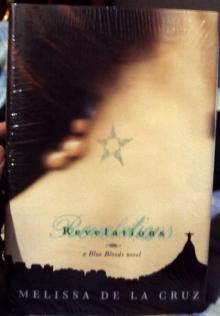 Revelations
Revelations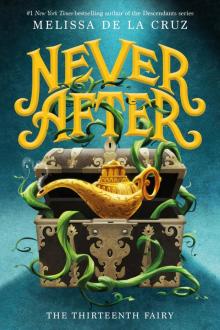 The Thirteenth Fairy
The Thirteenth Fairy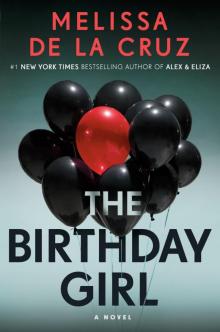 The Birthday Girl
The Birthday Girl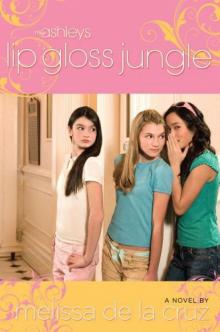 Lip Gloss Jungle
Lip Gloss Jungle Fresh Off the Boat
Fresh Off the Boat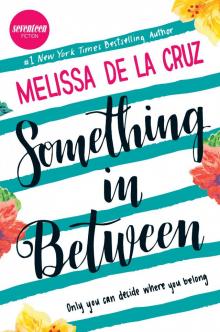 Something in Between
Something in Between Winds of Salem
Winds of Salem The Queen's Assassin
The Queen's Assassin Love & War
Love & War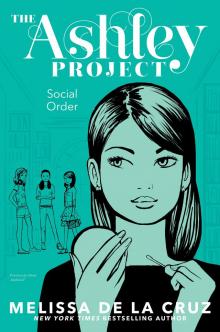 Social Order
Social Order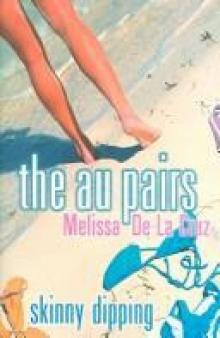 Skinny Dipping
Skinny Dipping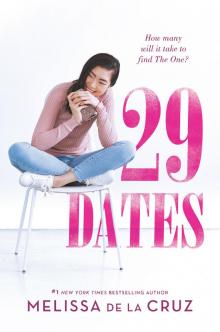 29 Dates
29 Dates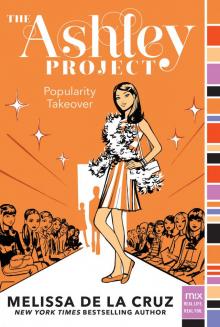 Popularity Takeover
Popularity Takeover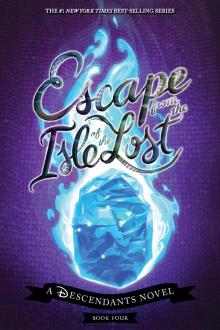 Escape from the Isle of the Lost
Escape from the Isle of the Lost Beach Lane
Beach Lane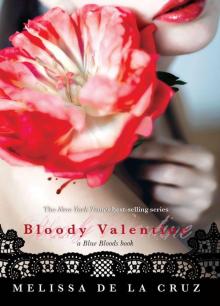 Bloody Valentine
Bloody Valentine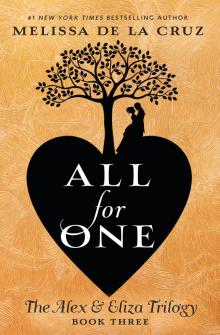 All for One
All for One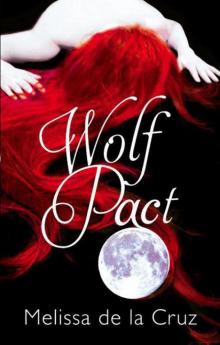 Wolf Pact: A Wolf Pact Novel
Wolf Pact: A Wolf Pact Novel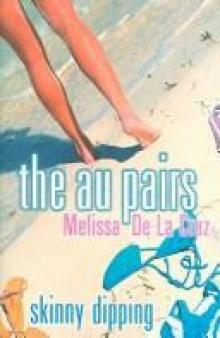 The au pairs skinny-dipping
The au pairs skinny-dipping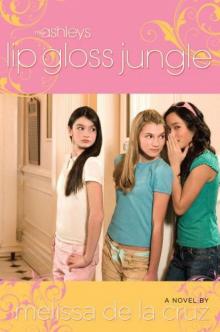 Lip Gloss Jungle (Ashleys)
Lip Gloss Jungle (Ashleys)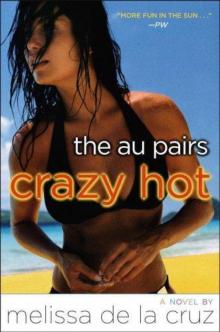 Crazy Hot (Au Pairs)
Crazy Hot (Au Pairs)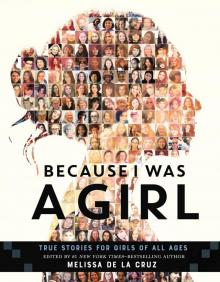 Because I Was a Girl
Because I Was a Girl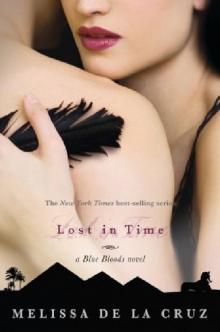 Blue Bloods 6 - Lost in Time
Blue Bloods 6 - Lost in Time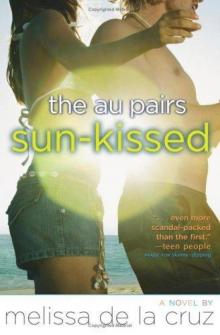 Sun-kissed (Au Pairs, The)
Sun-kissed (Au Pairs, The)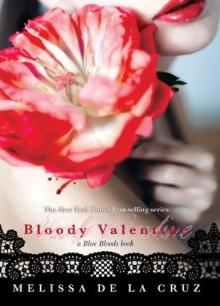 Bloody Valentine bb-6
Bloody Valentine bb-6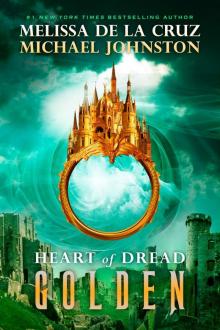 Golden
Golden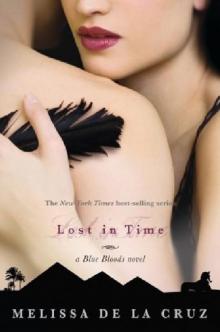 Lost in Time_A Blue Bloods Novella
Lost in Time_A Blue Bloods Novella Alex and Eliza--A Love Story
Alex and Eliza--A Love Story Blue Bloods: Keys to the Repository
Blue Bloods: Keys to the Repository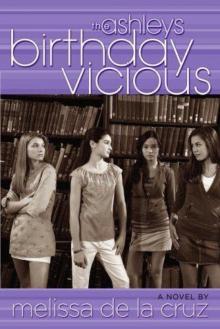 Birthday Vicious (The Ashleys, Book 3)
Birthday Vicious (The Ashleys, Book 3) Keys to the Repository
Keys to the Repository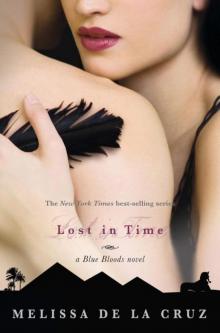 Lost In Time (Blue Bloods Novel)
Lost In Time (Blue Bloods Novel)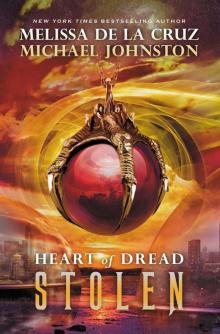 Stolen
Stolen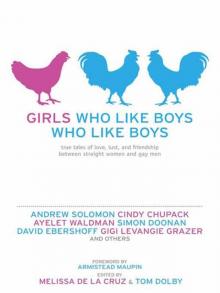 Girls Who Like Boys Who Like Boys
Girls Who Like Boys Who Like Boys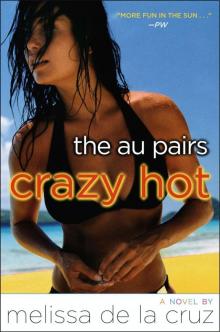 the au pairs crazy hot
the au pairs crazy hot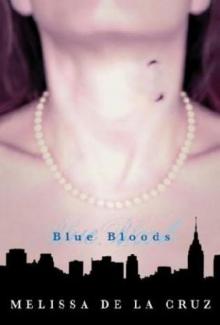 Blue Bloods bb-1
Blue Bloods bb-1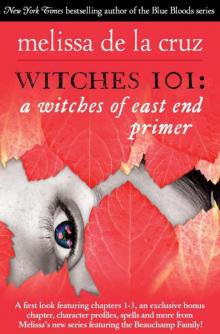 Witches 101
Witches 101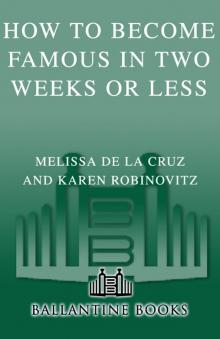 How to Become Famous in Two Weeks or Less
How to Become Famous in Two Weeks or Less Frozen hod-1
Frozen hod-1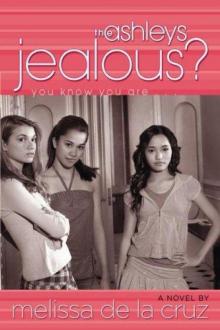 Jealous? (The Ashleys, Book 2)
Jealous? (The Ashleys, Book 2) Misguided Angel (Blue Bloods)
Misguided Angel (Blue Bloods)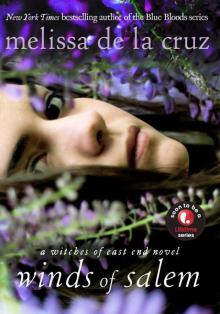 Winds of Salem: A Witches of East End Novel
Winds of Salem: A Witches of East End Novel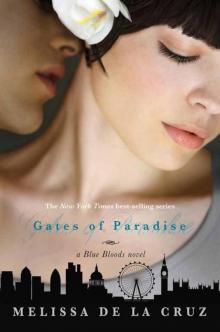 The Gates of Paradise
The Gates of Paradise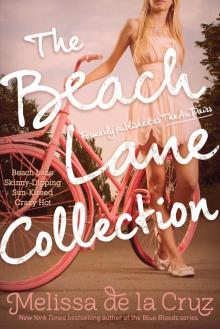 Beach Lane Collection
Beach Lane Collection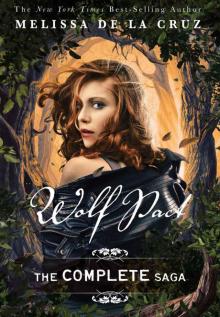 Wolf Pact, The Complete Saga
Wolf Pact, The Complete Saga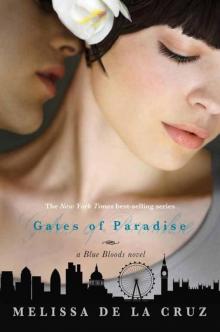 Gates of Paradise, The (Blue Bloods Novel)
Gates of Paradise, The (Blue Bloods Novel)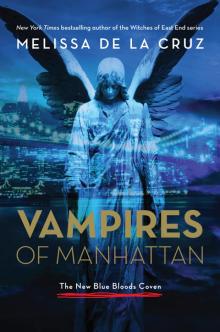 Vampires of Manhattan
Vampires of Manhattan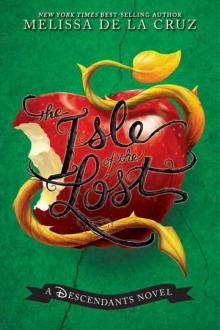 Isle of the Lost
Isle of the Lost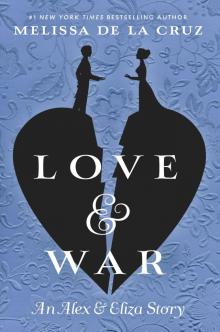 Love & War_An Alex & Eliza Story
Love & War_An Alex & Eliza Story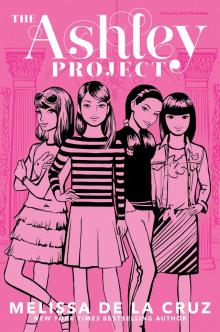 The Ashley Project
The Ashley Project Love & War--An Alex & Eliza Story
Love & War--An Alex & Eliza Story